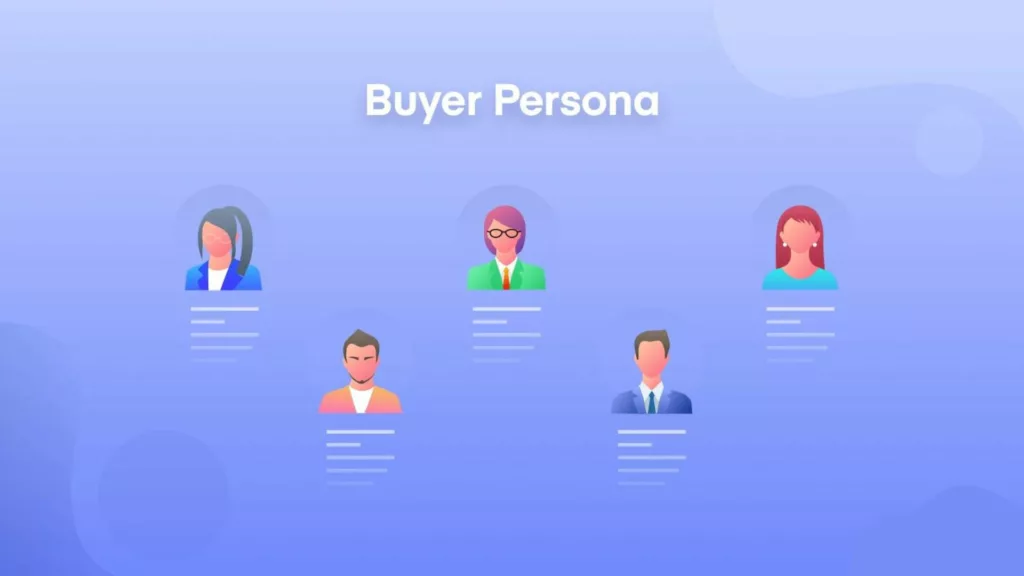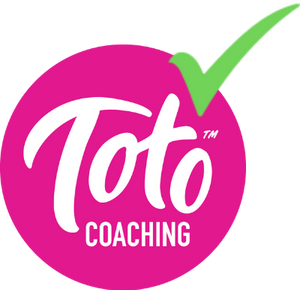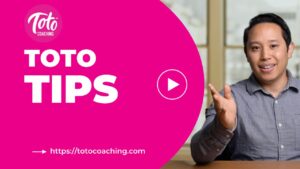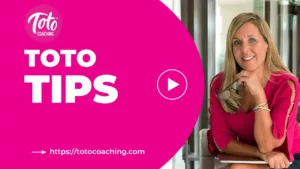Watch this video or read the article below
Transcript
This may be the most important takeaway from this entire course resonate with the real pain points and motivators of your customers and you will find success. Build your entire online presence around these motivators. You’ll hopefully have some revelations similar to this when you create your buyer personas.
So how do we create buyer personas? Okay, there are a ton of templates on the internet and there’s guides to help you do just this. And depending on the template you choose you’ll put down certain information.
Let’s go over what most of the buyer persona builder templates have you write down. You want to start off by thinking of a typical client that you love working with. You may have a few types of clients that you love working with and so you’d want to create a separate buyer persona for each type of client.
So to begin, think of one client that you know of and love. You want more clients like this and base your answers off of this person. You’re going to start by putting down this person’s age, working status, and title, information about where they work, such as the size of the company and the dynamics there, and you want to know their education status as well as their marital status and their children.
As you saw from the example I gave you, one of the most important parts of creating a buyer persona is going through a typical timeline of their day. From what time do they wake up, what do they do in the morning, afternoon, evening, and then what do they do all the way until going to sleep, and what time is that?
This gives you real insight into what their priorities and their pain points may be.
You also answer some questions about what worries them on a daily basis, even if it has nothing to do with your business. It will certainly help you understand why they may purchase from you.
Let’s go over this a little more in detail
Have you ever felt like you were just guessing when it came to truly understanding your ideal customers? Many business owners realize they need to intimately understand buyer motivations and pain points, but don’t have a framework for digging into customer psyches.
That’s where buyer personas come in.
What Are Buyer Personas and Why Do You Need Them?
A buyer persona is a semi-fictional representation of your ideal customer. Personas help you move from thinking about customers as an indistinguishable group to understanding various customer segments at an in-depth level.
In other words, buyer personas allow you to categorize your customers based on demographics, behaviors, motivations and challenges. This helps you market and sell to them more effectively.
So why take the time to develop comprehensive buyer personas? Here are some key benefits:
-Speak directly to customer motivations and pain points in your messaging – resonate and convert more leads
-Create targeted content for each persona – send the right messages to the right people
-Prioritize marketing initiatives and campaigns toward your best segments
-Spot and avoid bad customer fits earlier on – don’t waste resources on the wrong targets
-Uncover upsell and cross-sell opportunities within existing customer bases
Detailed buyer personas allow you to really understand what makes each viable customer segment tick. With this understanding, you can craft truly tailored engagement strategies.
Developing comprehensive buyer personas provides immense value, but can be complex. If you need help building and leveraging customer profiles in your business, consider taking our in-depth Toto Website Full Course or our DIY SEO 201 Course: Know Your Customer.
Let’s explore how to build your personas from the ground up.
Step 1: Identify Your Buyer Persona Foundation
Start by thinking of one ideal existing customer. This is the basis for your initial persona. Jot down the following details about them:
-Basic Demographics: Age, gender, location, job title & industry
-Firmographics: Information about their company – size, structure, decision making hierarchy and dynamics
-Background Information: Education level, marital status, family/kids
Gleaning these factual details will give you a starting portrait to build upon. Talk to customer-facing team members as well as select existing buyers to fill in the blanks. Consider surveying customers directly by offering a small incentive.
Or skip right to the templatized version with our free downloadable Buyer Persona Template. The template prompts you to enter key details like demographics, day-in-the-life activities, goals and challenges.
Having these persona dimensions captured in our easy-to-use template makes the foundation easy to create. Then supplement with any additional insights you uncover directly from ideal buyer interactions and interviews.
Step 2: Map Their Day-to-Day Reality from Sun Up to Bedtime
One of the most critical elements of crafting accurate buyer personas is developing an intimate understanding of their daily life experiences. Walk through an average 24 hours in your persona’s shoes:
-What time do they wake up? What does their morning routine look like?
-How do they commute to work? What are their main priorities and activities once at their job?
-Who do they interact with throughout the workday? What meetings and tasks occupy their time?
-What motivations and challenges frame their professional responsibilities?
-After work hours, what are their typical activities, habits, and responsibilities?
Moving through their whole day offers keen insights into priorities, motivations, pain points, and buying triggers. Use this storyline to add richer detailing to your persona framework.
Step 3: Identify Their Goals, Challenges and Buying Motivations
With the basics of day-to-day life fleshed out, you can now dive deeper into the goals, obstacles and motivations that shape your buyer persona decision-making.
What are their goals?
-Career advancement goals – Are they driven to impress leadership and earn a promotion? Looking to gain more skills?
-Personal and family goals – Do they want to secure their family’s financial future? Looking for a better work/life balance?
-Hopes and aspirations – fame within their industry? Perceived status among peers?
Align your messaging to showcase how your product/service can help accelerate goal achievement.
What challenges do they face?
-Pain points in daily work – not enough expertise or bandwidth? Lagging technical tools and support?
-Personal and family obligations – Not enough time for non-work interests due to overwork?
-Limiting mindsets or confidence issues – imposter syndrome, analysis paralysis?
Position your offering as the perfect solution for overcoming obstacles to success.
Why are they motivated to buy from you?
-Alleviate frustration coming from challenges and unmet goals
-Realize tangible benefits like career advancement, more family time, industry notoriety
-Feel good about the buying decision – status, social proof, peace of mind
-Join a community centered around their passions and interests
When you speak directly to their intrinsic and extrinsic buying motivations, you resonate and convert.
Step 4: Create One Buyer Persona Per Customer Archetype
While developing one detailed buyer persona is highly illuminating, you likely have multiple viable customer types. Segment these out into unique personas with granular details on each.
Look to create 5-7 fully fleshed-out buyer personas. Group them by demographics, psychographics, and behaviors. Examples could include:
-Vancouver-based Mechanical Engineers at enterprise companies
-“Mompreneur” health coaches with Facebook follower networks
-Non-technical real estate agents at suburban brokerages
The more clarity and depth your personas have, the better you can craft messaging, content, and campaigns tailored to the nuances of each customer type.
Step 5: Bring Your Personas to Life
As a final step to solidify each persona, give them a unique name and photo that matches their vibe and background. For example:
-Studious Sandy, 32 – Researcher
-Relaxed Ralph, 68 – Semi-retired general contractor and grandfather
-Active Alexandra, 46 – 2nd grade teacher and soccer mom
When personas feel like “real” people instead of faceless targets, you instinctively start catering campaigns to what makes them tick.
So in summary, developing clearly defined buyer personas takes some concerted upfront effort. But immerse yourself in the tangible details of your customers’ worlds, motivations, and challenges. The payoff of laser-targeted, insight-driven marketing and sales efforts is well worth it.
Now get out there and start bringing your buyer personas to life! Understand the essence of what drives each audience segment before reaching out to them. When you resonate with their intrinsic priorities, they’ll eagerly resonate back.
This is the Toto way.
Read More Tips!
About the Author
Are You Searching the Internet for Help Building Your Website or Making it Better?
We are here to help you!!
Check out the entire DIY Website Building Course
where we walk you through building a website
from Start to Finish!
What are you waiting for? Let's get your website built!!
Not sure yet? But still wondering how to learn web design? Try a few lessons for free!
Sign up for a no-commitment free trial. You will be given access to two of our actual website building class lessons. One lesson is a shorter and more simple lesson, and the other is a longer, more involved lesson so that you can see the types of lessons we offer and you can get a feel for our coaches and what you will learn.
What are you waiting for? Let's get your website built!!





